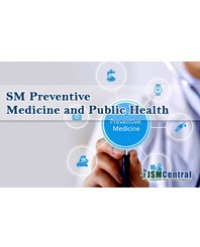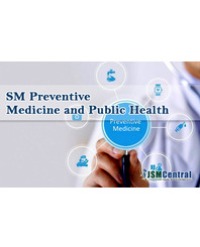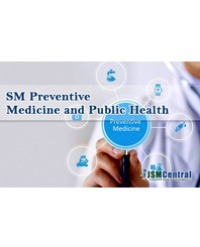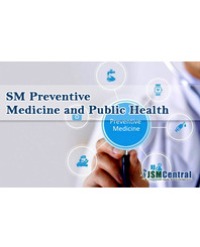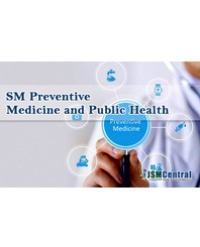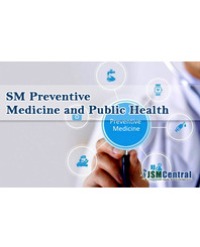Background: Although public health surveillance system data are widely used to describe the epidemiology of communicable disease, occurrence of sexually transmitted infections may be misrepresented by under reporting. Reporting of cases of notifiable sexually transmitted infections is important in the planning and evaluation of disease prevention and control programs, in the assurance of appropriate medical therapy, and in the detection of common-source outbreaks.
This study was carried out to examine the relationship between case-reporting of notifiable sexually transmitted infections in the Notifiable Diseases Surveillance System and the medical diagnosis recorded in Health Management Information System, of Regional Health Administration of Lisbon and the Tagus Valley.
Methods: Data on reported cases of notifiable sexually transmitted infections, in the geographical area covered by Arco Ribeirinho Health Centre Assembly, from January 2015 to December 2017, were obtained from the Notifiable Diseases Surveillance System at Arnaldo Sampaio Public Health. Data regard medical diagnosis in the same geographical area and time period were achieved in Health Management Information System, of Regional Health Administration of Lisbon and the Tagus Valley.
Results: From 2015 to 2017, 167 cases of sexually transmitted infections were notified in Arco Ribeirinho Health Centre Assembly. Twenty-eight percent of cases were syphilis, 25.7% of cases were gonorrhea, 18.5% of cases were VIH and 27.7% of cases were notified with at least one other STI. Most of reported cases were observed in Alto Seixalinho (27.5%), Baixa da Banheira (19.1%), and Montijo-Afonsoeiro (16.1%) counties.
Of 487 STIs medical diagnosis, 92 were reported to the National System Epidemiological Surveillance, corresponding to 65.7% of underreporting. The majority of these under-reported cases were for VHB and VHC (92.2%) and VIH (80.9%).
Conclusion: This study underlines the need to increase the percentage of STIs notified to the Health Authority.
Ana Pinto de Oliveira*, Catarina Oliveira and Lina Guarda
